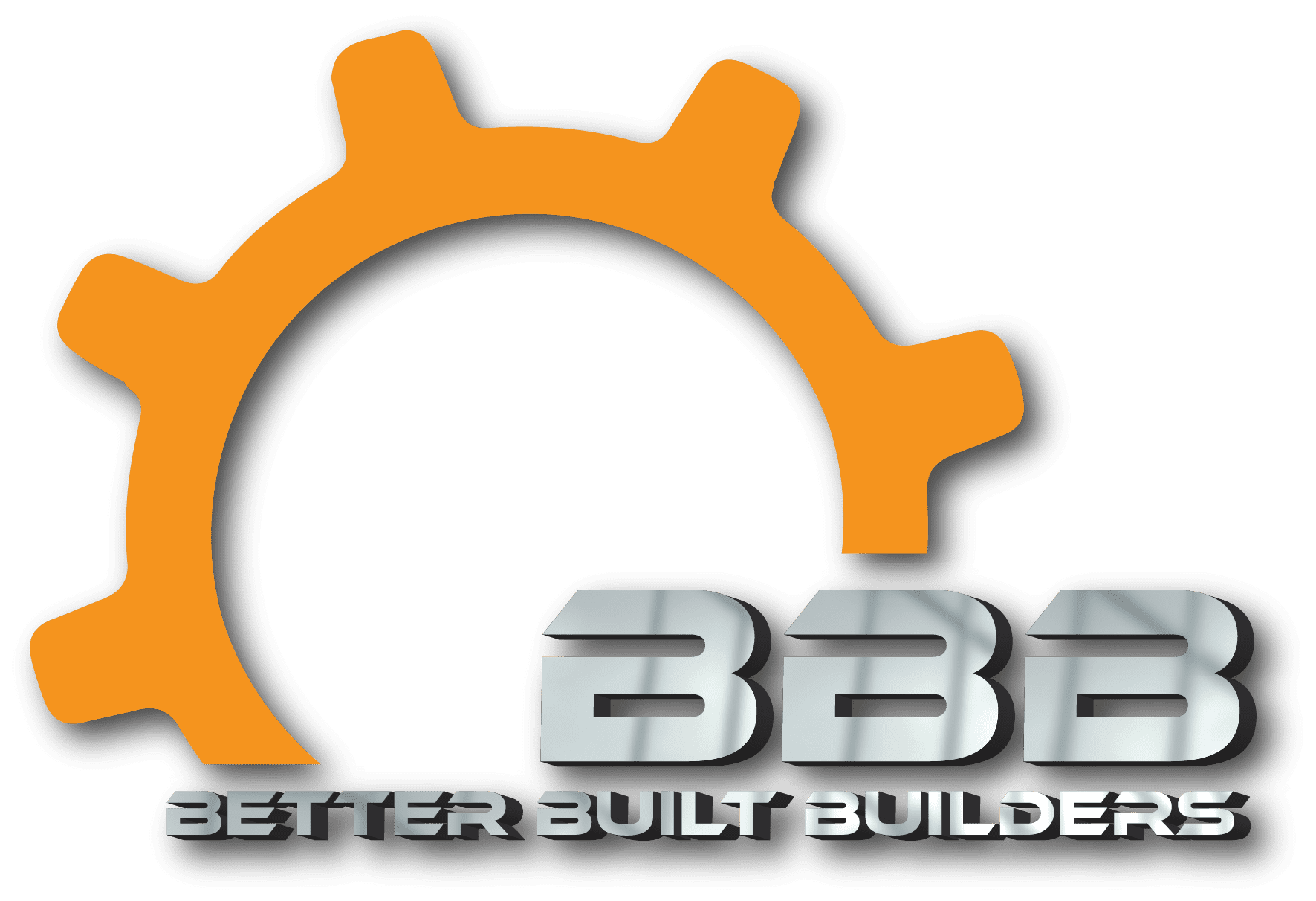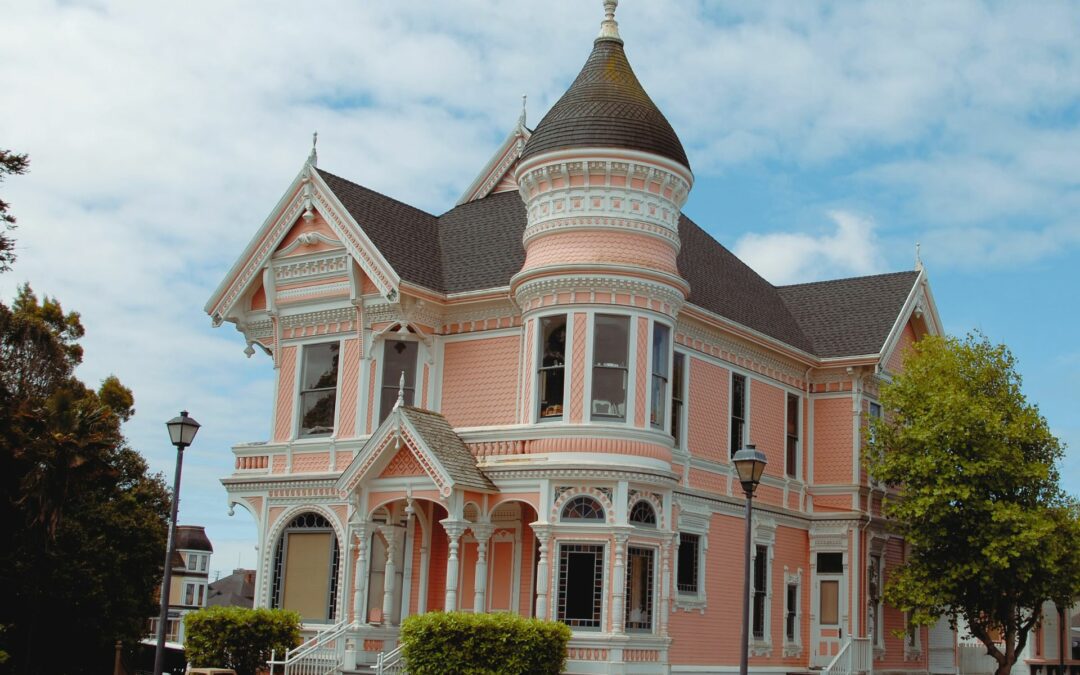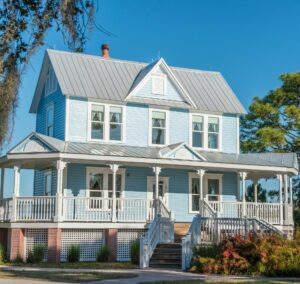Understanding the Basics of Historic Home Renovation
Stepping into the world of historic home renovation is all about embracing the charm of bygone eras while ensuring that the structure is safe and livable. Right from exploring the timeworn elegance of aged woodwork to restoring intricate cornices and plasterwork, it becomes a journey of discovering lost artistry and bringing back treasured echoes from the past. Maintaining the delicate balance of modern comfort with authentic aesthetics is no mean feat, but the result is nothing short of a timeless masterpiece.
Crucially, a successful historic home renovation begins with a keen inspection of the old building’s structure. It’s quite common to find underlying issues, such as outdated electrical systems or dated plumbing, that need immediate attention. While updating these systems, one faces the challenge of preserving aesthetic integrity, thus making collaboration with professional architects, contractors, and artisans indispensably important.
Researching original features and selecting suitable materials and techniques that match the original design is an indispensable part of the process. These key considerations can pave the way for a meticulously planned renovation project, giving your vintage abode the rebirth it deserves. Keep reading this blog to learn some vital tips for a successful historic home renovation project.
1. Inspecting the Building’s Structure
One aspect that shouldn’t go unnoticed in your vintage home revival project is the inspection of the building’s structure. This crucial first step spells out the fine line between a successful renovation and a time-consuming, costly disaster. From assessing the core strength of the property to identifying potential problems such as rot, water damage, or structural instability, it’s what sets the groundwork for your design dreams. Moreover, this step reveals any underlying problems that could potentially impede or delay subsequent restoration procedures.
You might consider rolling up your sleeves and examining the property yourself, and indeed, a personal tour can give you a good feel of what’s in store. However, entrusting this to a licensed home inspector takes you several steps further. They come with the right knowledge and tools to offer a deep-level assessment, spotting significantly hidden or non-obvious issues.
For instance, they’ll check the home’s foundation, staircase, roof, chimney, walls, and other structural components for integrity. Also, insights about the state of plumbing and electrical systems can help you plan better and perhaps save you from a nasty surprise down the line. Remember, when it comes to successful restoration, it’s not just about aesthetic beauty but also ensuring your vintage home stands tall and firm for years to come.
2. Choosing Materials and Techniques to Match the Original Design
Venturing into vintage home revival is always an exciting endeavor that draws the curtains back to an era gone by. The beauty is in the details; selecting the right materials and techniques that closely mirror the original design is of utmost importance. It enables you to fully capture the nostalgic charm while ensuring your home stands the test of time. Take wood, for instance, a common material in vintage homes.
Today, an extensive range of wood species is at your disposal to mimic that classic look yet offer more in terms of durability and longevity. At the same time, it’s not just about materials but also the techniques that were utilized in the original design. Modern methods can often compromise the authentic charm of a vintage home, turning it into a mishmash of eras that can be visually confusing.
Thus, understanding traditional construction techniques can go a long way in upholding your home’s vintage look. For instance, learning about lime plaster instead of gypsum and natural pigments over chemical dyes could offer your vintage home an authentic finish. Combining old-world wisdom with current advances allows you to masterfully recreate the grandeur of vintage design in your beloved abode. After all, who doesn’t want a home that ages like fine wine?
3. Uncovering Original Features Through Research
Digging into historical archives and local records and even getting in touch with previous homeowners can all play a pivotal role in enhancing our understanding of a property’s initial design. This process of research is invaluable in any vintage home restoration project, helping us to unearth any original features that may have been lost or altered over time. Be it an ornate Victorian fireplace concealed behind a modern facade or beautiful woodwork covered up by layers of paint, these restored features can add an authentic touch to your historic home renovation while celebrating its unique history and character.
However, the process of uncovering such features is not without its challenges. Materials used in old indeed vary greatly from today’s standards, making it critical to approach this task with the utmost care to avoid inflicting further damage. Extra caution should also be taken when dealing with elements such as lead paint and asbestos, which are often found in older homes.
Remember, it’s not about getting the job done quickly but rather honoring the authenticity and historical integrity of your home while ensuring it meets modern safety standards. Therefore, if you’re uncertain about any part of the renovation, it’s a smart move to consult with professionals who have experience in restoring vintage homes.
4. Caring for Aged Woodwork: Floors, Doors and Beams
Aging woodwork in vintage homes, like floors, doors, and beams, can be a challenge to care for, but the effort is worth it, bringing out the home’s authentic character and charm. Over time, these wooden features may face issues like dry rot, splitting, warping, and more.
But before you get disheartened, let’s set the record straight, bringing old woodwork back to life is not impossible, it just requires patience, the right materials, and sometimes the help of restoration experts. It’s all about using the correct care and repair techniques, coupled with compatible products that will restore and maintain the wood without feeding into the hands of decay.
Start by determining what your woodwork needs. While some surfaces might need a simple cleaning, others may require professional repair or even restoration. For cleaning, a lot of traditional homes tend to thrive on simple methods such as dusting with a dry cloth, while gently abrasive cleaners can get rid of stubborn marks.
When it comes to damage, however, things can get tricky. Factors such as the extent of damage, type of wood, and original finish of the piece are important considerations before starting the repair or restoration process. Remember, if you feel out of your depth, enlisting a professional specializing in vintage woodwork restoration can be a prudent approach, preserving both the integrity of the asset and your peace of mind.
5. Renovating Period Fireplaces, Cornices, and Plasterwork
In the heart of breathing new life into an older property, period fireplaces, cornices, and plasterwork can present a peculiar but exciting challenge. These design elements, typically exhibiting exquisite craftsmanship of their time, play a significant role in preserving the original charm and character of the property. Therefore, understanding how to restore these interior elements without compromising their historical integrity entails particular attention.
The first step when dealing with these antiquated masterpieces, especially fireplaces, is to carry out a careful and detail-oriented inspection. Rust, dampness, and soot can often plague older fireplaces, requiring patient and painstaking repairs. Using a sympathetic restoration approach—meaning you’ll want to use materials and techniques that match the original design—can effectively maintain the authentic feel.
Cornices and plasterwork, on the other hand, are usually delicate and potentially brittle, calling for gentle cleaning, repair, and, if necessary, replacement. This kind of work requires a steady hand and an eye for detail; thus, it’s often best left to skilled artisans and conservation specialists. Simultaneously, mind pre-existing design features to help inform a renovation that complements rather than clashes with the property’s historical origins.
6. Updating Electrical Systems and Plumbing Without Compromising Aesthetic
One quintessential part of revamping a vintage home is bringing the electrical systems and plumbing up to code. Let’s be honest: no one wants to live in a gorgeous, historic house with faulty wiring or leaky pipes. The challenge lies in upgrading these essential systems without disrupting the original aesthetics of the home.
Many electricians and plumbers will suggest modern fixtures for their ease and functionality, but these can starkly contrast with the antiquated design of a vintage home. So, how do you achieve the balance between maintaining the historical charm and accommodating the necessary tech updates?
When it comes to electricity, the wires can be tucked away out of sight, behind walls, or under the floorboards. Opting for antique-style switches and outlets can also greatly help preserve the original look. Plumbing, on the other hand, might need a bit more creativity.
Homeowners and their contractors could consider placing copper pipes in areas that aren’t readily visible or using pipe coverings that blend with the rest of the decor. The trick is to ensure that these crucial elements of the home are updated while being careful not to disrupt its aesthetic integrity. With careful planning and a knack for details, you can have a vintage home that is not just aesthetically pleasing but also safe and functional.
Work With Our Seasoned Professionals!
Your vintage home revival projects can get a touch of authenticity and professional finesse with the help of experienced professionals. They come bearing rich historical knowledge of building styles, practices, and materials synonymous with a particular period. If you want the best home remodeling contractors to handle your historic property with care, trust our team at BetterBuilt Builders. Contact us today for our excellent and thorough renovation and remodeling services.


